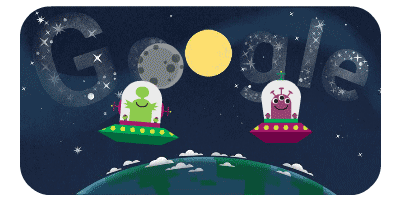In
JAMA, Neil Bressler, of Johns Hopkins University School of Medicine, and colleagues,
lay out how to safely view the eclipse.
First, what not to do: Don’t view the eclipse with your naked eye or unfiltered telescopes, binoculars, sunglasses (yeah, even if they’re really dark), camera lenses, or other optics devices. Don’t use anything that focuses light, even if you’re wearing eclipse glasses.
NASA notes that the concentrated solar rays can damage the filter and enter your eyes.
To safely view the eclipse, turn to:
- No. 14 Welders Glasses, available at welding supply stores.
- Pinhole projectors. These allow you to see the eclipse by projecting sunlight through a pinhole onto a viewable surface (Note: it is not just looking through a pinhole). Here’s more information on these.
- Aluminized Mylar filters/commercial glasses that do not have any damage or scratches. The American Astronomical Society says these should be verified by an accredited testing laboratory to meet the ISO 12312-2 international safety standard. Watch out, there are scams out there. The AAS has a handy list of reputable versions on their website.
If you do fear that your eyes have been damaged by sunlight, promptly see an eye doctor, who will be able to diagnose you with a clinical evaluation and diagnostic tests, such as OCT.



